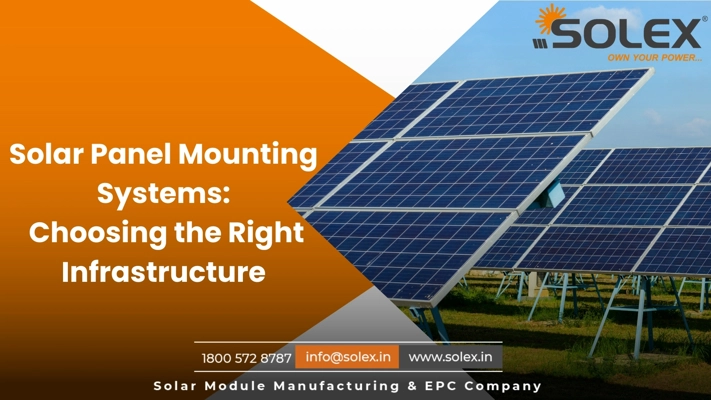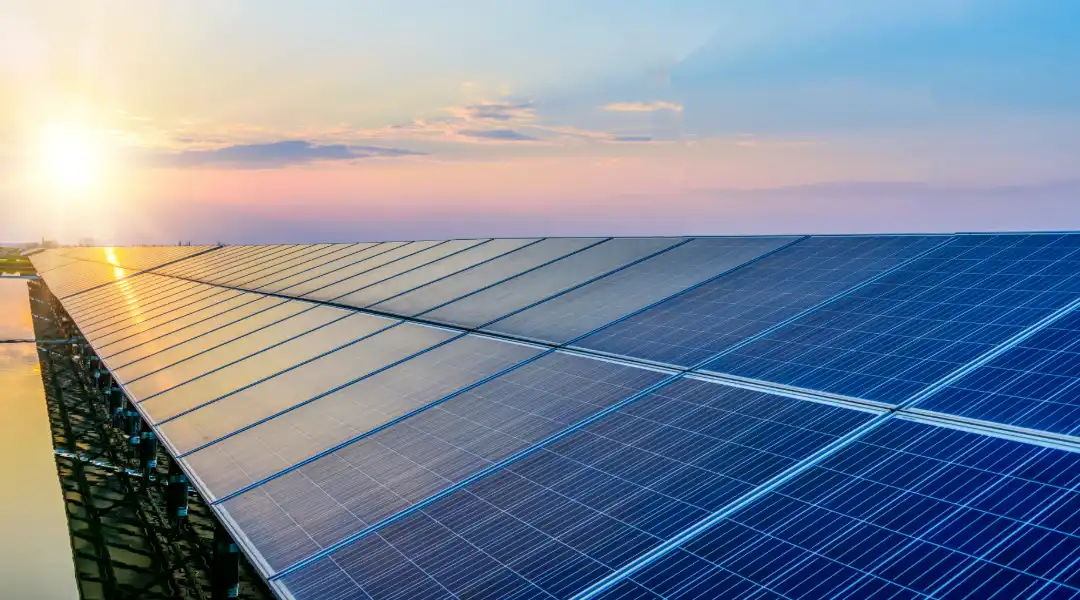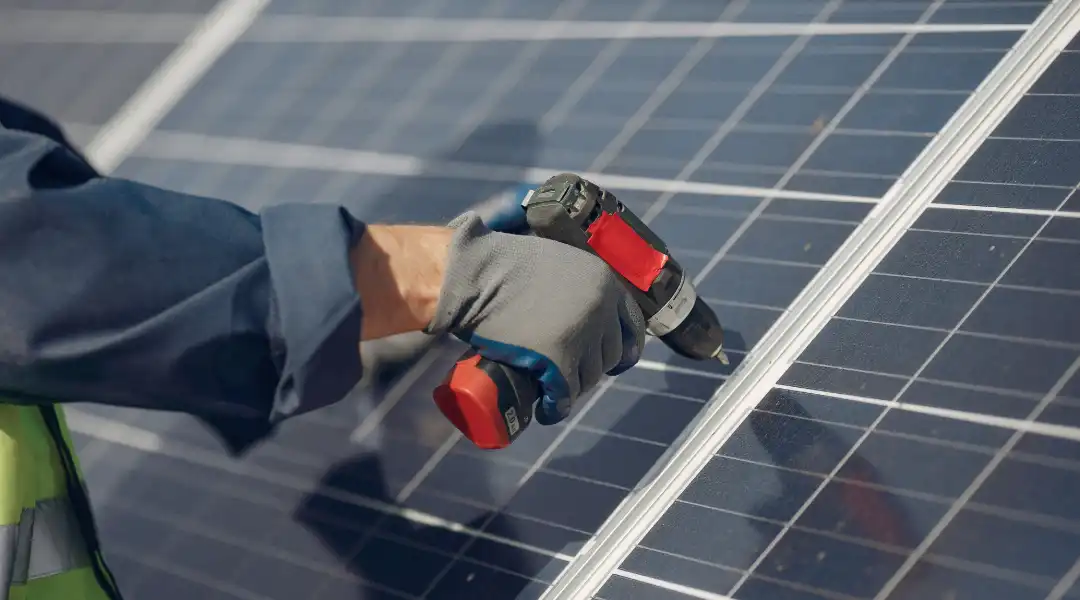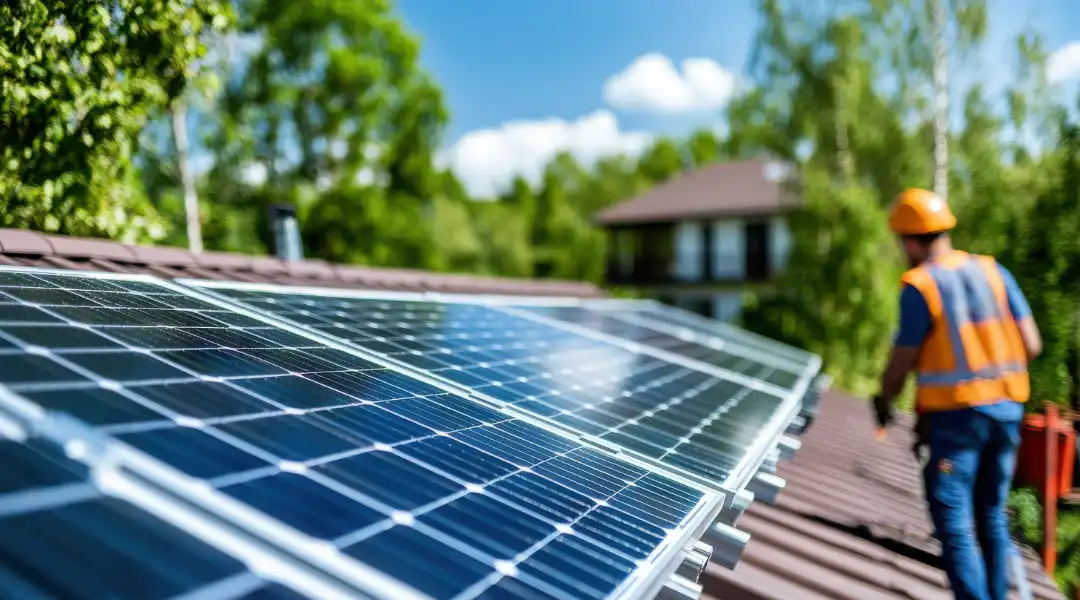Solar energy has emerged as a critical player in the transition to sustainable power sources, and the efficiency of a solar panel system greatly depends on its mounting infrastructure. Solar panel mounting systems play a crucial role in determining solar installations’ stability, longevity, and overall performance. This article will delve into the significance of solar panel mounting systems, the types available, and critical considerations for choosing the proper infrastructure.
The Importance of Solar Panel Mounting Systems:
Optimal Sun Exposure: The primary function of a solar panel mounting system is to position the panels for optimal sun exposure. The angle and orientation are critical factors that directly impact energy capture. A well-designed mounting system ensures that panels receive maximum sunlight throughout the day.
Stability and Durability: Solar panels are exposed to various environmental elements, including wind, rain, and snow. The mounting system must provide stability and durability to withstand these conditions. A robust infrastructure safeguards the panels against damage and extends their lifespan.
Aesthetics and Space Utilization: The aesthetic integration of solar panels into the surrounding environment is essential, especially for residential installations. Mounting systems should be designed to blend seamlessly with the architecture while efficiently utilizing available space.
Ease of Installation and Maintenance: Choosing a mounting system that facilitates easy installation and maintenance is crucial. Systems that are user-friendly and require minimal upkeep contribute to the overall efficiency and cost-effectiveness of the solar panel setup.
Adaptability to Various Roof Types: Solar panel mounting systems should be adaptable to flat or pitched roof types. The flexibility to accommodate diverse roofing structures ensures that solar installations can be customized for various settings.
Types of Solar Panel Mounting Systems:
Roof-Mounted Systems:
Pitched Roof Systems: Ideal for residential buildings with angled roofs, these systems are fixed or adjustable to optimize sunlight exposure.
Flat Roof Systems: Commonly used in commercial settings, these systems use ballast or penetrating mounts to secure panels on flat surfaces.
Ground-Mounted Systems:
Fixed-Tilt Ground Mounts: Stationary mounts at a fixed angle.
Single-Axis and Dual-Axis Trackers: Follow the sun’s path throughout the day for maximum efficiency.
Pole-Mounted Systems:
Single-Pole Mounts: Suitable for smaller installations, using a single pole for support.
Multi-Pole Mounts: Utilized for larger projects, distributing the weight and load across multiple poles.
Tracking Systems:
Single-Axis Trackers: Follow the sun’s path from east to west.
Dual-Axis Trackers: Adjust both azimuth and elevation, optimizing sunlight capture.
Critical Considerations for Choosing the Right Infrastructure:
Site-Specific Factors:
Climate Conditions: Consider wind and snow loads based on the geographical location.
Sun Exposure: Analyze the sun’s path and the shading impact of nearby structures.
Type of Solar Installation:
Residential: Opt for aesthetically pleasing roof-mounted systems.
Commercial: Consider ground-mounted or flat roof systems for larger installations.
Budget and Cost Efficiency:
Initial Investment: Evaluate the cost of the mounting system and the overall project budget.
Long-Term Savings: Assess the system’s efficiency and durability for long-term cost-effectiveness.
Ease of Installation and Maintenance:
DIY vs. Professional Installation: Determine whether the mounting system suits do-it-yourself installation or requires professional expertise.
Maintenance Requirements: Choose systems with minimal maintenance needs to ensure longevity.
Regulatory Compliance:
Local Codes and Regulations: Ensure that the chosen mounting system complies with local building codes and regulations.
Permitting Requirements: Verify the permitting process for the selected system.
Scalability and Future Expansion:
Scalability: Choose a system that allows for easy expansion if future energy needs increase.
Compatibility: Ensure the mounting system is compatible with potential technology upgrades or additional panels.
Conclusion:
Selecting the right solar panel mounting system is a critical decision that significantly influences the success of a solar installation. From optimizing sun exposure to ensuring stability and accommodating various site-specific factors, the choice of infrastructure is a multi-faceted consideration. Whether for residential rooftops, commercial installations, or expansive ground-mounted arrays, the chosen mounting system should align with the solar project’s specific needs, budget, and long-term goals. As solar technology continues to evolve, the role of robust and efficient mounting systems becomes increasingly pivotal in harnessing the full potential of solar energy for a sustainable future.






